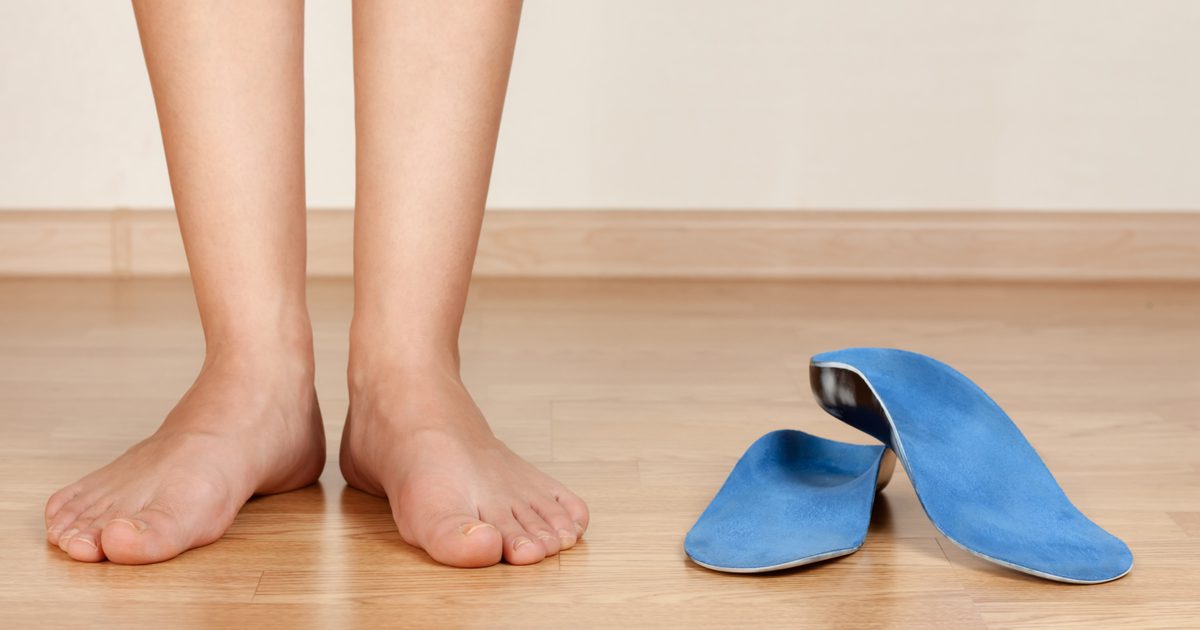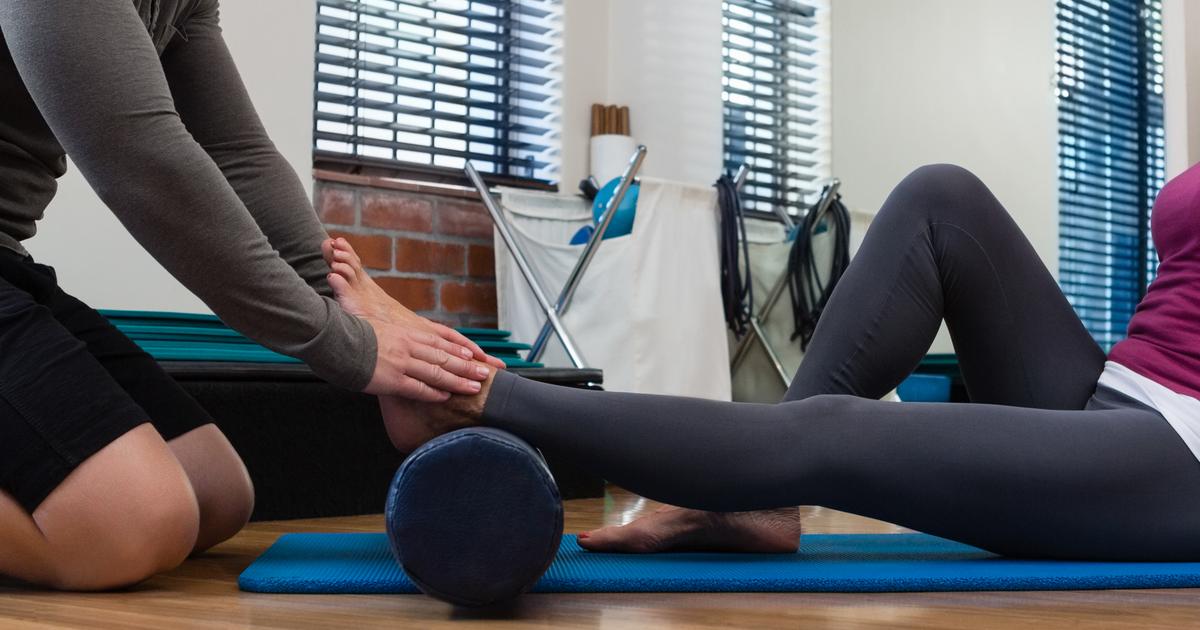Treatment Options For Flat Feet
Some individuals are born without an arch in their feet, which is what is known as flat feet. In some cases, patients never experience any problems because of the flat feet. Others can suffer from foot pain, calf pain, knee pain, hip pain, and lower back pain. This is caused by strain on the muscles, tendons, bones, and ligaments in the feet. Strain means they pull awkwardly on the muscles connected to the feet, which can throw someone's whole body out of alignment, thus causing pain in other areas. Having no arch in the feet causes the body’s weight to be unevenly distributed. Thankfully, there are several ways to help alleviate the symptoms.
Orthotic Inserts

Patients with flat feet can purchase over the counter orthotic inserts in their shoes to help support the flat arches. There is usually a kiosk or display where individuals can step on sensors on the floor, and the computer analyzes where their feet need support. Then, it tells the individual which one of the supports they should buy. These affordable orthotic supports are placed in shoes. Unfortunately, orthotic inserts will not cure flat feet, but they can help make an individual's feet feel better. There are also custom arch supports doctors can recommend and have specialists make. This involves patients having a mold or impression taken of their feet. The impression is then sent to a lab that creates the custom supports. When patients receive the custom orthotic inserts, they would remove the normal padding from the shoes and replace them with the custom orthotic inserts.
Some patients may have the cost of custom orthotic inserts covered by insurance, so they should check with their insurance company to see what the parameters are. Some stipulations patients have for getting orthotics cover include receiving physical therapy first.
Physical Therapy And Stretching

Many doctors will recommend physical therapy to help ease the pain caused by flat feet. The physical therapist will go through the patient's symptoms, ask about their pain level, and determine what exercises will be best. A physical therapist will help patients do exercises during each session to make sure they are performing them properly. Additionally, the therapist can analyze the way the patient walks or runs, so they get an accurate picture of their problems and needs. The therapist also provides patients with more stretching exercises they can do at home. Listening to the therapist, attending appointments as scheduled, and doing exercises daily can help relieve some of the discomfort. Doing this will help patients keep their muscles stretched, especially the Achilles tendon, which individuals with flat feet sometimes suffer from. Physical therapy and stretching can help with the pain in many different parts of the body that might be caused by flat feet.
